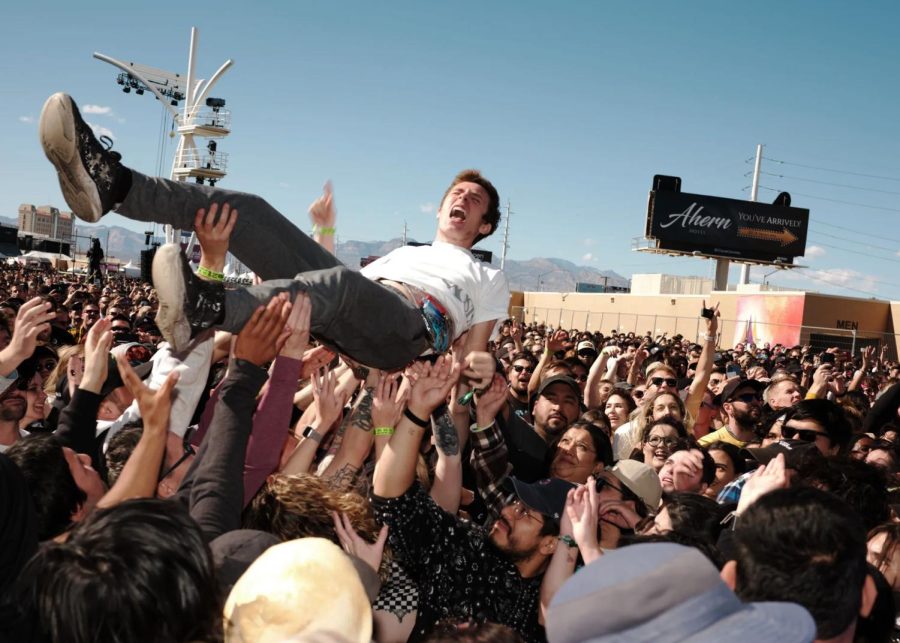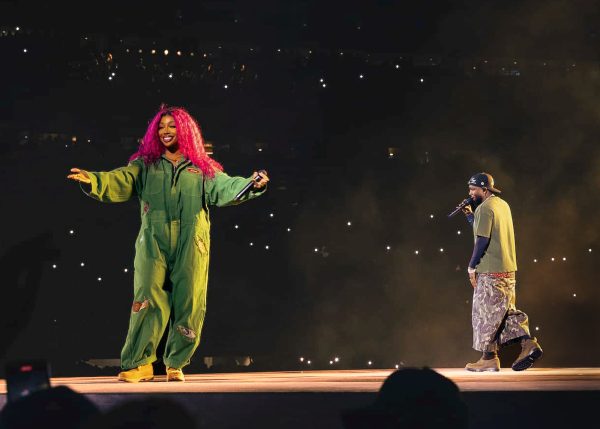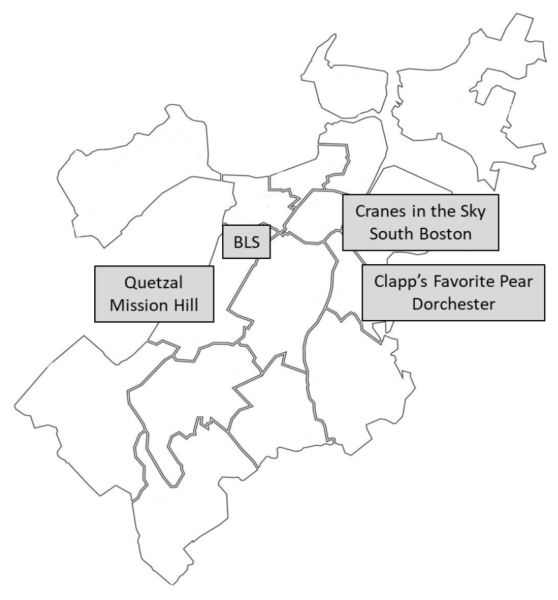Music Fans Ride a 2000s Nostalgia Wave
The 2000s were an incredible time for the pop-punk and emo scene. Many renowned bands made their mark on the music world during this period. Although numerous bands broke up or went on hiatus toward the end of the decade, emo fans have long anticipated the return of their favorite artists to the spotlight. Luckily for them, these bands are back and better than ever.
My Chemical Romance (MCR), an iconic alternative rock band, returned this year with a new single, “The Foundations of Decay,” that left fans wanting more. The track reminded fans of the band’s post-hardcore roots, and ever since, they’ve been begging for more material. MCR heard these requests and responded accordingly.
This August, MCR went on tour, and their concerts were tremendously successful among attendees. Their revival mixed nostalgia and excitement, and their performances were so popular that the quartet announced additional tour dates to accommodate increased demand. After their initial reunion show in Los Angeles in December 2019, Rolling Stone remarked that “MCR ceases to be a nostalgic act, and proves its mettle as a timeless, rock & roll band for the ages.”
Pierce the Veil (PTV), another widely popular band from the 2000s, is also bringing fans a blast from the past. With the announcement of their “True Power” tour, PTV reminded the music industry of their strong and highly anticipated return this fall. On November 19, they took to the stage at the MGM Music Hall in Boston.
The return of MCR, PTV and other bands could indicate the resurgence of 2000s emo and pop-punk music. In the coming years, we may see a rise in DVD purchases, streams and even individual artists emerging in the genre. This raises an essential question: what caused emo and pop-punk to quiet down in the first place?
Many listeners witnessed the decrease in popularity of this music firsthand. Some bands changed their sounds or disbanded altogether, and these modifications disrupted the fanbase. Additionally, the increased popularity of emo and punk in the early 2010s redefined the genre in a modern setting, which led older listeners to criticize newer members of the community.
The COVID-19 pandemic is also responsible for attracting new listeners to the once niche genre. The lockdown period caused people to pick up new hobbies, which for some, was listening to music. Although the pandemic was undoubtedly a stressful time, it pushed people to explore and discover different passions.
MCR was supposed to tour in 2020, but COVID-19 set them back. This may have benefitted them in the long run; an exponential number of tickets sold once their touring dates were rescheduled for this fall.
With this resurgence comes both positives and negatives. The return to touring post-COVID-19, coupled with the genre’s newfound popularity, has created a harmful culture among younger fans marked by a striking lack of etiquette at concerts. Furthermore, live music was more accessible during the 2000s, but more fans have resulted in higher ticket prices, which many older enthusiasts have seen increase from 20 dollars to over 200 dollars. Even though this price raise supports the artists monetarily, it limits many opportunities for fans to see their favorite bands, while making the race to get tickets more competitive.
With new music and established concert dates, bands like MCR and PTV are inspiring a new generation of musicians. Declan Gorman (II), a Boston Latin School student musician himself, believes that “the resurgence is good for emo as a whole because it brings more attention to everything, even the more underground stuff.”
This nostalgia wave reminds listeners of life in the 2000s and the ways that their youth can bleed into the present. This is only the beginning of this trend, and as it progresses, more people will hopefully be exposed to some of the great music that came from the pop-punk and emo era.







